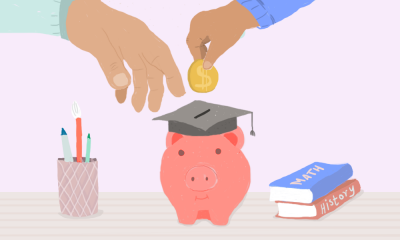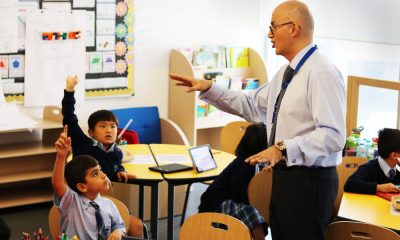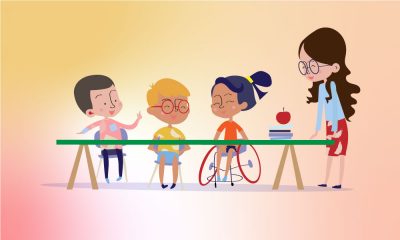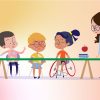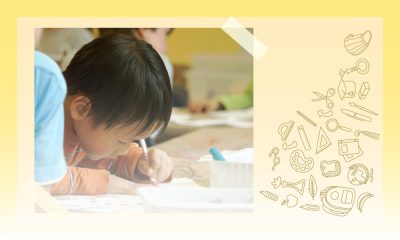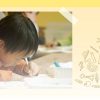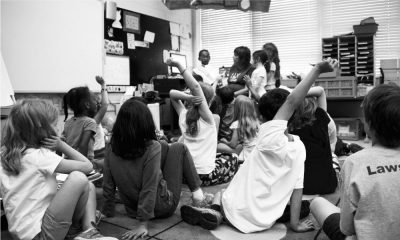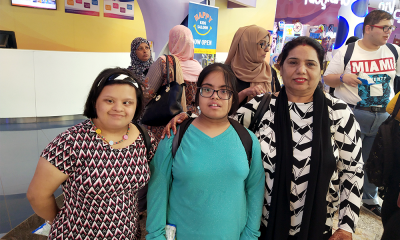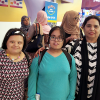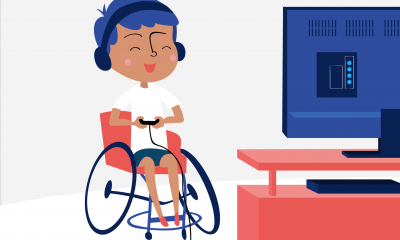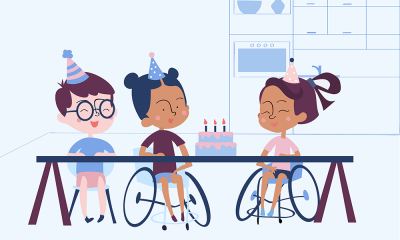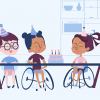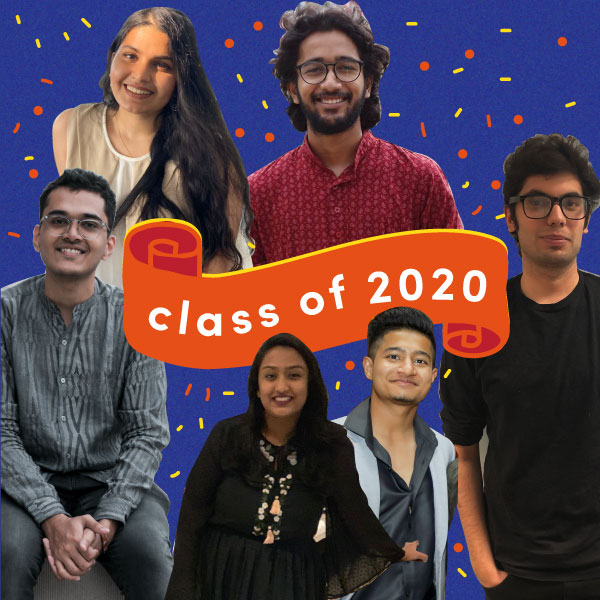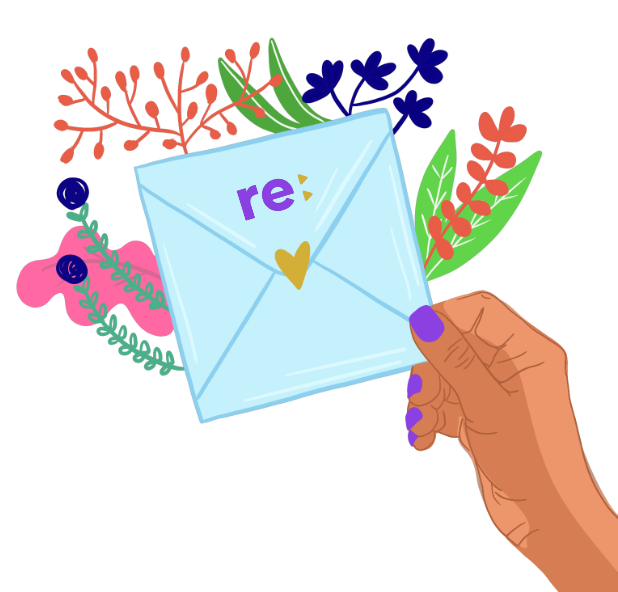Inclusion
Five Ways You Can Implement Accommodations for Assessments in the Classroom
From fidget toys to noise-blocking headphones, your options are endless.
When it comes to education for children with special needs, “accommodations” is a term which is frequently used. There’s a common misconception among parents and teachers that accommodations are only relevant to students with special educational needs, yet these changes can also be impactful for neurotypical (or general education) students as well. Accommodations are changes or tools that are given to students by teachers to help make classroom materials more accessible. It doesn’t change what the student learns; it changes how the student learns. These changes or tools can come in a variety of forms and can be customized based on a student’s particular learning needs. When it comes to tests and exams, teachers can try implementing the following accommodations to encourage progress in all types of learners:
Text-to-Speech
Many schools in the UAE have access to technology such as computers or tablets which lets students and educators use the “text-to-speech” feature. This allows the user to highlight text on their computer or tablet that is then read aloud to them. Not only does this help auditory learners, but it gives independence to students, who may otherwise have to rely on their teacher to do the reading. This accommodation is most common for students with dyslexia or other reading-specific disorders. If a classroom does not have access to a computer or tablet, the teacher or the teaching assistant can read the questions and answers.
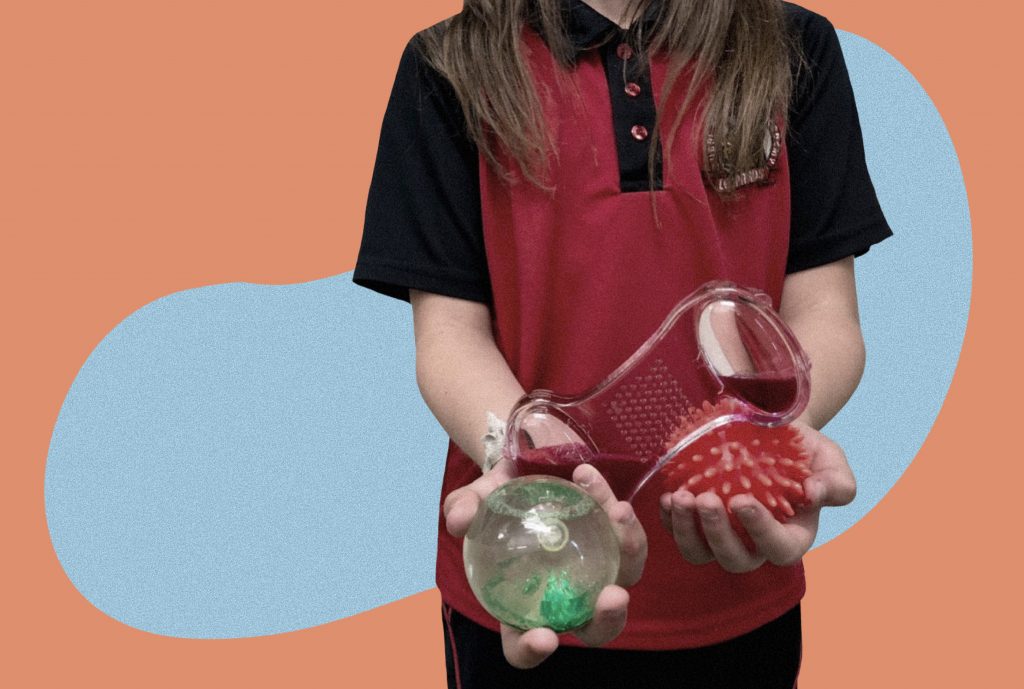
Implement accommodations in the classroom for children in general education as well.
Speech-to-Text (or Dictation)
Most computers and tablets also have a useful “speech-to-text” feature. This allows the child to speak into their device which simultaneously processes the information and converts it into text. This is particularly helpful for students who work and process better when voicing their thoughts out loud. Once the student has finished dictating, they can revise the text on the device. In a general education classroom, this can be beneficial when students are expected to produce essays or particularly long assignments. For students with special needs, specifically students with dyslexia, dysgraphia, and other reading or fine-motor disorders, this tool allows them to share their thinking, without feeling hindered by their learning challenges. When using speech-to-text, they don’t have to worry about their spelling or how legible their handwriting is.
Frequent Breaks
As an elementary learning support teacher, I understand the importance of giving frequent breaks to my students. When I was in university, one of my professors in my classroom management course shared a formula which has greatly impacted the way I teach: the “attention span” formula. While this isn’t an exact science, it does provide a framework for teachers. They’ll know what to expect from their students and their ability to focus in the classroom. To calculate a student’s attention span, you add one to their chronological age. For example, an 8-year-old child would have an attention span of nine minutes (8 + 1 = 9). This tells us that we have nine minutes to focus on the study material before the student begins to lose interest. Knowing this, it’s unrealistic for teachers and parents to expect our students, especially the younger ones, to constantly focus during an entire assessment period. Giving breaks during evaluations can come in different forms, but the most common are either providing some downtime for the entire class or individual students. During the break, the teacher can set a visual timer for the students to see. For every nine minutes (using the example above), your students would get a two-minute break to stretch, walk around the class, or take a breather. Then the expectation is that when the break is up, they go back to their working on their test. This cycle would then continue until the end of the session. If you feel there are only a few students who would benefit from a “brain break,” the teacher can hand out “I need a break” cards. Students can give this card to their teacher if they need a breather during the class period to help them refocus on the task at hand. When planning and timing your lesson or assessment, be sure to factor in the number of expected breaks.
Fidget Toys
I know what you must be thinking… fidget spinners! The creation of the fidget spinner is the bane of every classroom teacher. Unfortunately, because of this craze, fidget spinners have given fidget toys a bad rep. However, I believe fidget toys can still be effective in the classroom depending on classroom management strategies. If you plan on integrating fidget toys into the daily classroom experience, expectations and norms need to be established beforehand. Students must also understand that fidget toys are not just “fidget spinners,” but can come in different forms. The main purpose of a fidget toy is to help students self-regulate through a sensory output, regardless if they have special educational needs or not. In my classroom, fidget toys are primarily used during assessments. Before every test or exam, I have my basket of “calming goodies,” which range from stress balls to squishy dinosaurs to tangle toys to pencils they can roll under their foot. My students understand that these toys are to help them focus and not distract them. If they are unable to use their fidget toy appropriately, they lose the privilege of using it. With that being said, I have found great success in giving my students the opportunity to use these outlets during assessments.
Noise-Blocking Headphones
Some students work better in a quiet setting devoid of any distractions. Unfortunately, in a large class, it can be difficult to have a silent classroom. There is constant chaos: someone may be tapping a pencil, someone else could be coughing loudly, another student may be humming or there could be intermittent chatter. Because of this, it’s beneficial to have noise-blocking headphones on hand for those easily-distracted students. Instead of sending the student to another location away from their peers, students who are distracted easily can stay in the classroom and continue working by using noise-blocking headphones. Easy tweaks like these can help them focus better and perform in class without feeling overwhelmed by the environment or isolated if they’re being sent away from their peers to work.
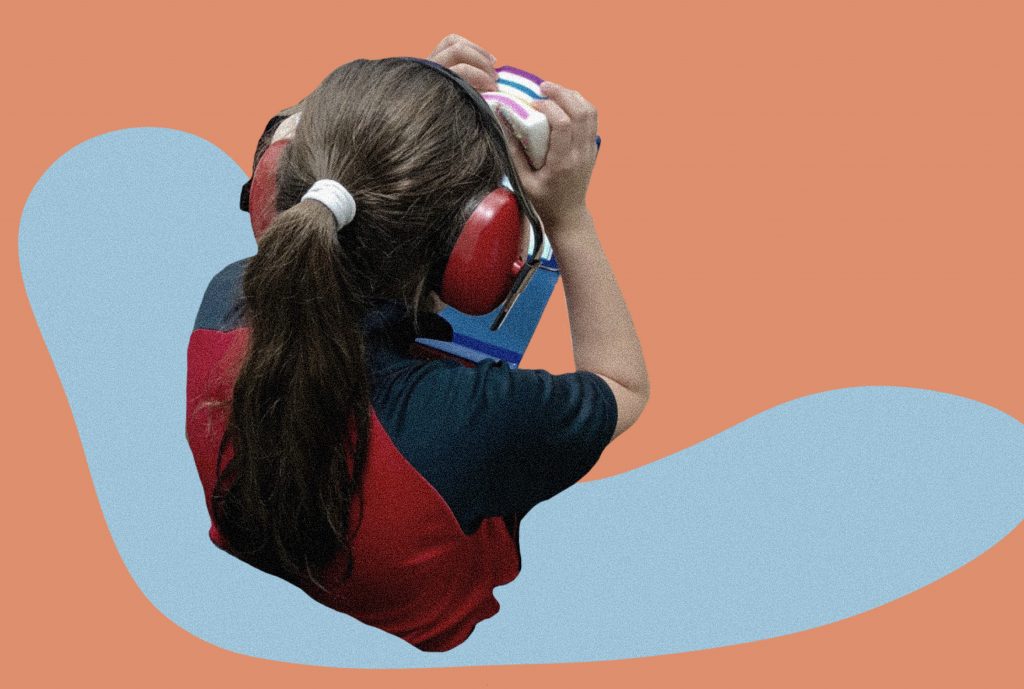
Accessories like noise-blocking headphones can help streamline children’s concentration.
These simple yet effective accommodations can make a significant difference to students in a general education classroom. They don’t require a lot of extra effort from teachers, but can make a student’s learning experience much more fulfilling and memorable.
Ellis is currently teaching Elementary Learning Support in Dubai. Her passion in life is advocating for equal and fair education. When she isn’t in the classroom, you can find Ellis exploring Dubai’s many coffee shops and cafes.





